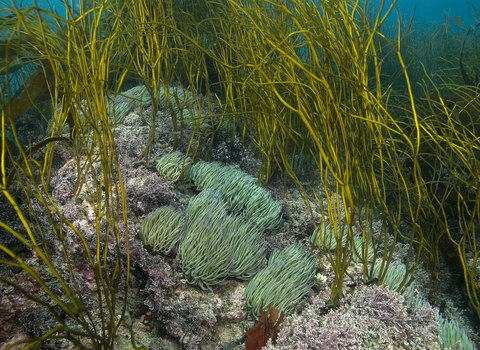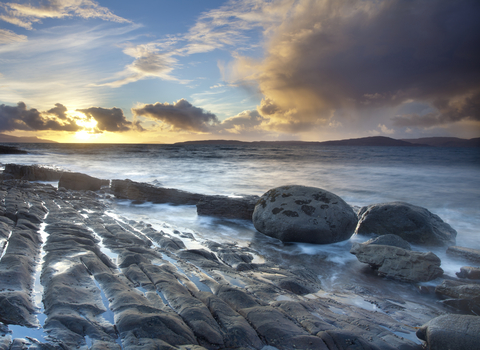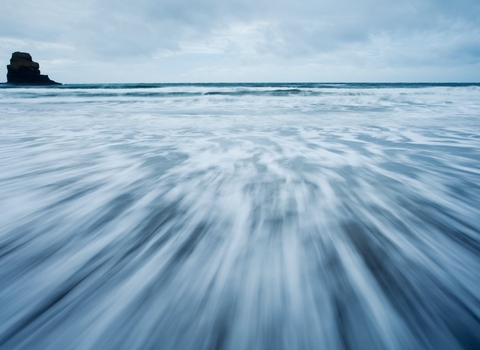
Thongweed by Paul Taylor
Thongweed
One of the longest seaweeds native to the UK, thongweed helps create a beautiful underwater forest to rival that of any on the land!

Thongweed by Paul Taylor

Mark Hamblin/2020VISION
Memberships help us campaign for better protection and management of our seas.
Receive our monthly newsletter packed with marine conservation news from around the world!

Mark Hamblin/2020VISION
Plastic-strewn beaches, fisheries on the verge of collapse and the ever growing effects of global climate change.